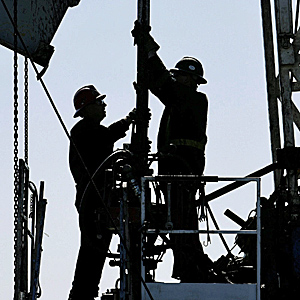The Alberta oil sands are a significant part of the sports industry. As such, they must be kept safe and healthy so that employees can continue to work without any potential risk or hazard, including issues with substance abuse. Unfortunately, there has been a worrying increase in substance abuse in the industry, highlighting the need to find better solutions to ensure workers’ safety.
First of all, it is important to understand why workers in the oil sands are more susceptible to substance abuse than the general population. Specifically, the long hours, high stress, and remote locations experienced by many workers all contribute to an increased risk of substance abuse. Moreover, the oil sands industry has long been known to have a culture of heavy drinking, creating an environment where workers are exposed to and tempted by substances such as alcohol and drugs.
In addition to these factors, it is believed that a lack of education about the dangers of substance abuse is a contributing factor to the issue. Most people in the industry are not aware of the risks associated with substance abuse and the potential consequences of using drugs or drinking alcohol, making it more likely that they will engage in risky behavior without knowing the full implications.
Furthermore, the prevalence of substance abuse in the oil sands is a cause for concern due to the potential impact on the health and well-being of the workers. Substance abuse can lead to fatigue, impaired judgment, and increased risks of injury and death while on the job. Additionally, long-term substance abuse can also lead to other health risks, such as the development of addiction or other chronic illnesses.
Fortunately, there are steps that can be taken to reduce the prevalence of substance abuse in the oil sands. Specifically, organizations in the industry need to take a proactive stance to educate their employees about the dangers of substance abuse and provide support for those needing help. Additionally, there must be a strong focus on creating a safe and healthy work environment, with clear policies in place to ensure workers are not exposed to substances or encouraged to engage in risky behavior.
Overall, substance abuse in the Alberta’s oil sands is a serious issue that must be addressed. By educating workers, implementing clear policies, and creating a safe and healthy workplace environment, the risk of substance abuse can be minimized. In doing so, the industry can ensure that their employees remain healthy and safe at all times.









